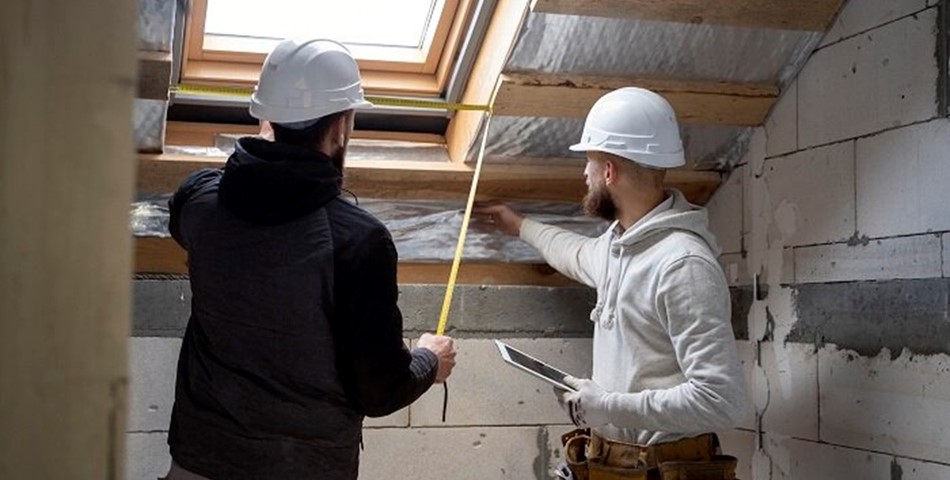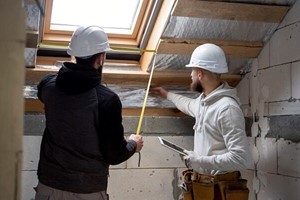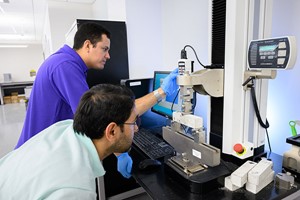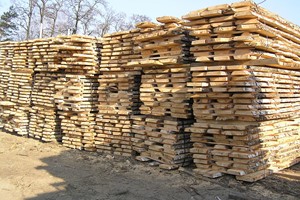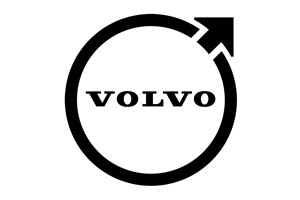As we strive for more sustainable and energy-efficient living, the construction industry is undergoing a significant transformation. One of the key driving forces behind this change is the adoption of heat pump technologies in residential buildings.
Heat pumps offer an innovative solution for heating, cooling, and water heating, and their widespread implementation is reshaping the future of home construction.
In this article, we will explore the various ways heat pump technologies are changing the industry and how they are helping pave the way for a greener and more comfortable future for homeowners.
What Are Heat Pumps?
Heat pumps are heating and cooling systems that use the principle of heat transfer to provide efficient climate control. They extract heat from the air, ground, or water and transfer it to a different location, either indoors to provide heating, or outdoors, to provide cooling.
Determining which heat pump is most suitable for a home will rely on factors such as the size of the house and the typical usage needs of the residents. You will also need to choose based on the environment you are building in.
For example, water source heat pumps can only work if there is a large body of water nearby. The most popular choice however, is an air source heat pump, as these can be installed in nearly every kind of home.
Depending on the type of heat pump that is deemed suitable for a building, there will be different costs involved. As an approximate example, air source heat pumps – which extract heat from the outdoor air – costs around $3,000 to $10,000 in the US, or £6,000 to £12,000 in the UK. This cost is only for the unit however, and therefore the cost of installation by a professional heat engineer will add to that amount.
To get a better understanding of prices however, you should always obtain and compare quotes from local installers who have the best knowledge of the areas you’re building in. You can also get a better idea of the average heat pump cost on GreenMatch.
How Are Heat Pumps Impacting Home Construction?
As heat pumps start to become a standard feature in new residential buildings, construction will need to adapt to the ways this technology works. For example, better understanding of a properties thermal dynamics, insulation and pipe work will all be key to ensuring this technology operates to its fullest potential.
Here are some more examples of the way home construction will have to adapt:
- Design and Layout Considerations:
The integration of heat pump technologies will influence the design and layout of new homes. Heat pumps require space for installation, both indoors and outdoors, which means architects and builders will need to allocate suitable areas for heat pump units and associated equipment. This could involve dedicated mechanical rooms or outdoor spaces for heat pump placement.
- Energy-Efficient Buildings:
To maximize the efficiency of heat pump systems, new house builds will need to focus on energy-efficiency. This includes enhanced insulation, airtight construction, and high-performance windows and doors to minimize heat loss or gain.
By creating well-insulated and tightly sealed homes, the demand on heat pumps to maintain desired temperatures will be reduced, leading to increased energy savings.
- Distribution Systems:
Traditional heating and cooling systems often rely on ductwork to distribute conditioned air throughout the house. However, heat pumps offer additional options such as ductless mini-split systems, which eliminate the need for extensive ductwork.
New house builds may incorporate these ductless systems, providing more flexibility in terms of room-by-room temperature control and potentially reducing construction costs associated with duct installation.
- Integration with Smart Home Technology:
Heat pump systems can be integrated with smart home technology, allowing homeowners to remotely control and monitor their heating and cooling systems. New builds will likely incorporate this feature, enabling residents to adjust temperature settings, monitor energy consumption, and optimize system performance through smartphone apps or home automation systems.
- Renewable Energy Integration:
To further enhance the efficiency and sustainability of new homes, heat pumps may be integrated with renewable energy systems. This could involve incorporating solar panels or geothermal systems to supply electricity, or supplement the heat pump’s energy requirements.
By leveraging renewable energy sources, new homes will achieve higher levels of self-sufficiency and reduce dependence on grid-supplied electricity. This kind of enhancement will also require consideration during design and construction.
In summary, new house builds will experience changes particularly in design, layout, energy efficiency measures and for some areas, even in legal terms. These changes however, will result in more sustainable, energy-efficient, and comfortable homes that align with the increasing demand for greener living solutions globally – making any future changes well worth the effort.




